Winter is also a time for escapades and, although the days have fewer daylight hours, we have a lot of activities that we can only do at this time of year thanks to the snow and the colder weather.
Of course, there are plenty of sustainable activities to do in winter, you just need to wrap up warm with a hat and scarf, be optimistic about the surprises you'll find, and set off on an adventure.
In this article we present five ideas for you to enjoy winter in Spain like never before, being sustainable and going to places you would never have thought of going to in winter.
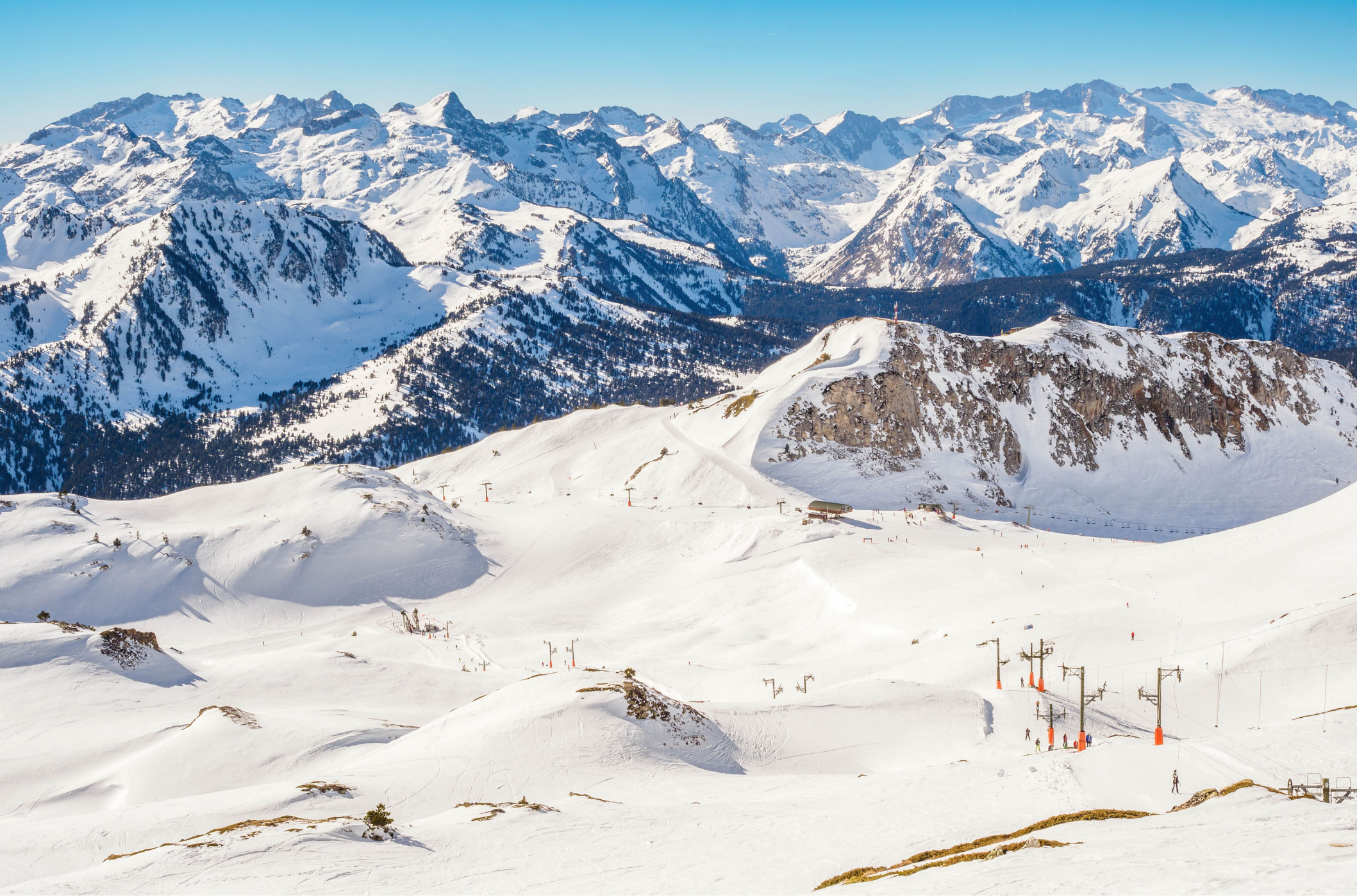
Eco-sustainable ski resorts
Winter is synonymous with snow and skiing, the king of sports at this time of year. Some ski resorts on the Iberian Peninsula stand out for their efforts to be more sustainable, for example, with renewable energy systems, more efficient waste management, reforestation of the areas surrounding the resort, and even the use of better snow cannons, which pollute less than the old ones.
These are undoubtedly good efforts to ensure that this sport, which is so closely connected with the mountains, can continue to be practiced for many years to come.
In addition to speeding down the mountain on skis, you can also try other sports in the snow, such as snowshoeing, mushing, tobogganing, and cross-country skiing. If you don't know them, this year is the time to try them out!
Of all the ski resorts, some of the current ones are Baqueira Beret, in Catalonia, with its energy-saving program; Sierra Nevada, in Granada, with its accessibility program; and Cerler and Astún, in Aragon, which stands out for their conservation of the natural environment.
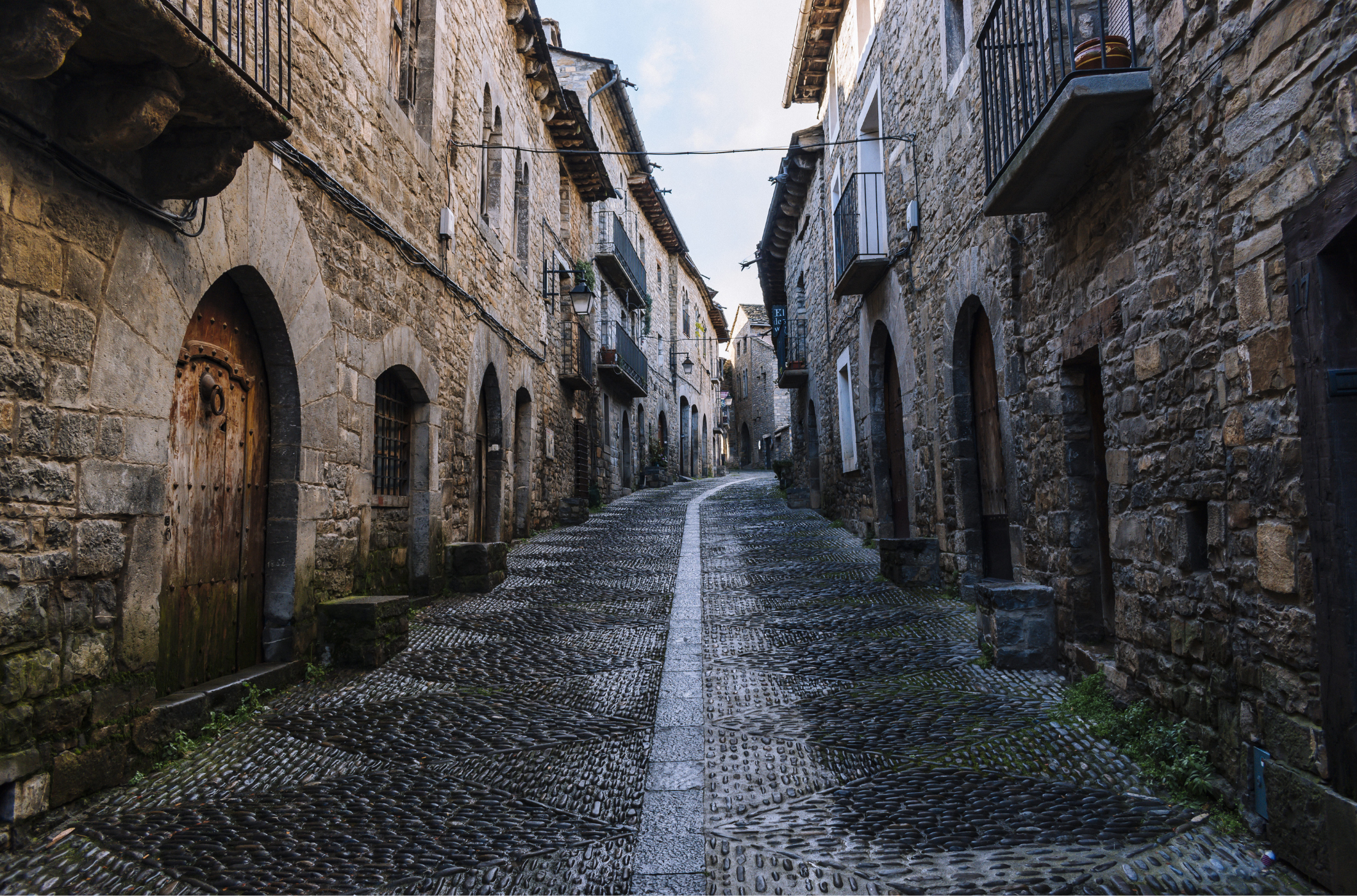
Visiting rural Spain
Many Spanish villages have changed in recent times, and have been affected by factors such as population decline, giving rise to the phenomenon of empty Spain. Even so, thanks to the great resilience of the inhabitants of many of these villages, we are beginning to see green shoots marking a new path of a village model, more attractive to young people, more sustainable, and more alive.
This new path embraces sustainability, as well as a way of life more connected to the environment, to attract a new population that breathes vitality into the town, thriving even in the coldest months.
Winter is an unusual time to visit some of these villages, although, at this time of year, we can enjoy the warmer gastronomy, chat with some of the inhabitants in the warmth of the fireplace, and get to know the natural environment, perhaps covered by snow.
Some examples are the village of Carcaboso, in Cáceres, and others such as Valdelateja, in Burgos, with initiatives focused on organic farming, and Aínsa, in Huesca, which has managed to preserve its historical heritage while embracing sustainable practices.
They are still few, but they are growing, so it is a trend that leads to optimism for the recovery of these areas.
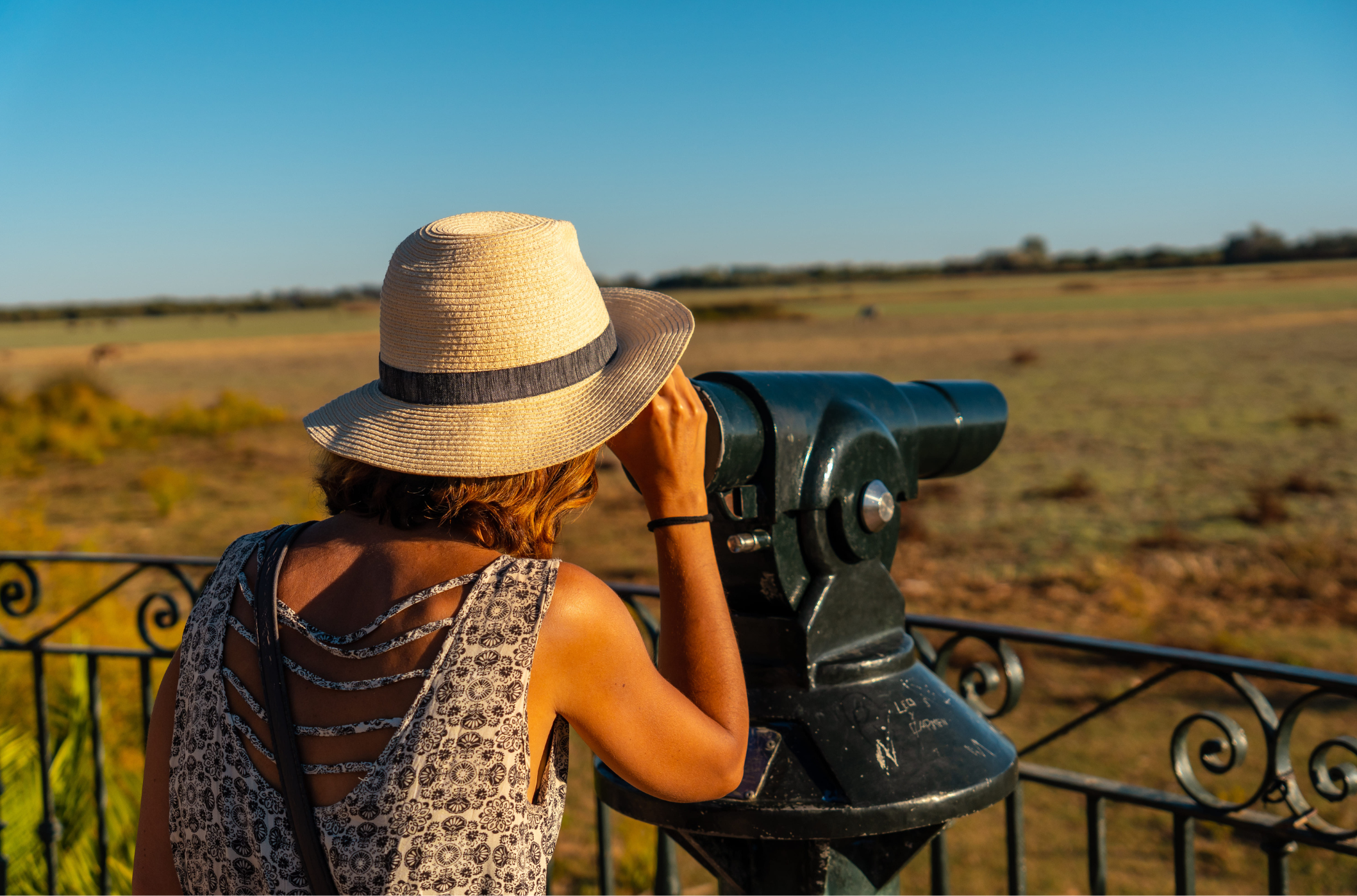
Winter birdwatching
The Iberian Peninsula is a transit and nesting area for a large number of birds in winter, which come from more northerly latitudes to spend the cooler months of the year here.
In December, pink flamingos and cranes are frequent visitors to wetlands such as the Doñana National Park in Andalusia. A great plan is to stay in El Rocío, a tranquil village in the heart of Doñana, and during the day watch these magnificent birds at the various lagoons.
January brings imperial eagles and waders, such as herons, storks, and flamingos. The latter is easy to spot in the Ebro Delta in Catalonia, with the best place to stay is the town of Deltebre. You can see them on a boat trip or a bike ride through the delta.
And February is a fantastic month to visit the Monfragüe National Park, in Extremadura, to see birds of prey, such as the magnificent Iberian imperial eagle, griffon vultures, and black kites, as well as many other species. In this case, the best place to stay is in Torrejón el Rubio, just a stone's throw from the national park and in the heart of nature.
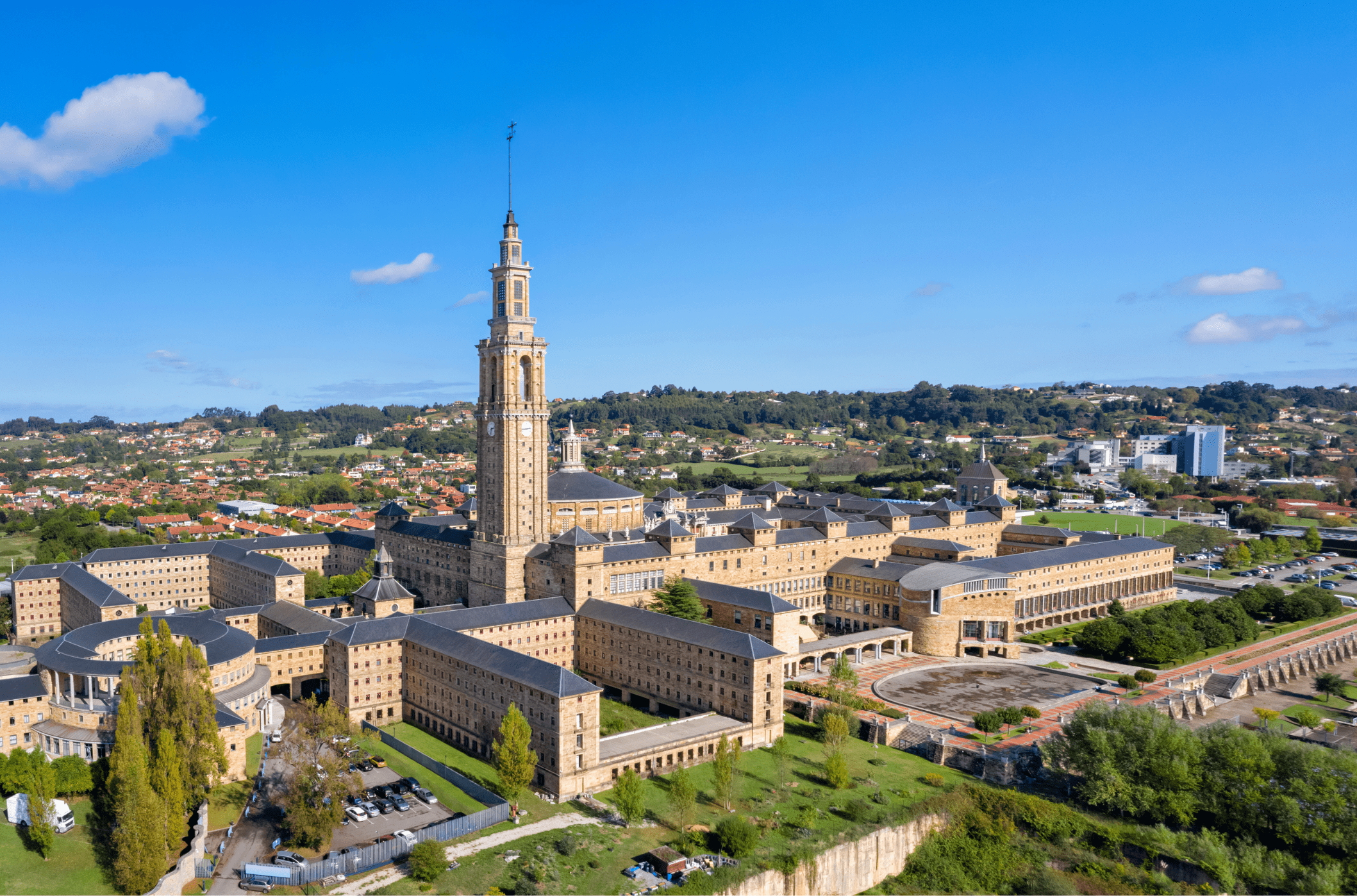
Sustainable culture in museums
Visiting sustainable museums in winter is an enriching experience that combines the beauty of art and history with ecological and social awareness. In this season, where the days are shorter and the weather is much colder, museums offer a refuge from the inclement weather and stimulation for our artistic sensibilities. In addition, there is much less tourism in winter, so museums are less crowded.
Some museums with sustainable practices that we recommend are:
- LABoral Centro de Arte y Creación Industrial, Asturias: This centre is not just a museum, but a living laboratory where art and technology meet sustainability. Here, the experience goes beyond just observing: it's about interacting with exhibitions that challenge our ideas about the environment and climate change. Right next door is the Laboral City of Culture, an impressive monument in terms of its aesthetics and dimensions.
- Parc de les Olors de Taradell, Barcelona: This place is a unique blend of museum and botanical garden. Visiting it in winter, you can appreciate the resilience and adaptation of the local flora, in tune with the principles of sustainability and respect for the environment. It is perfect for nature lovers who want to understand how ecological practices can be applied in everyday life.
- Museu d'Arqueologia de Catalunya-Olèrdola, Barcelona: This museum immerses you in ancient history, showing what life was like for earlier civilizations. On this journey through centuries of history one realizes the importance of social and environmental sustainability.
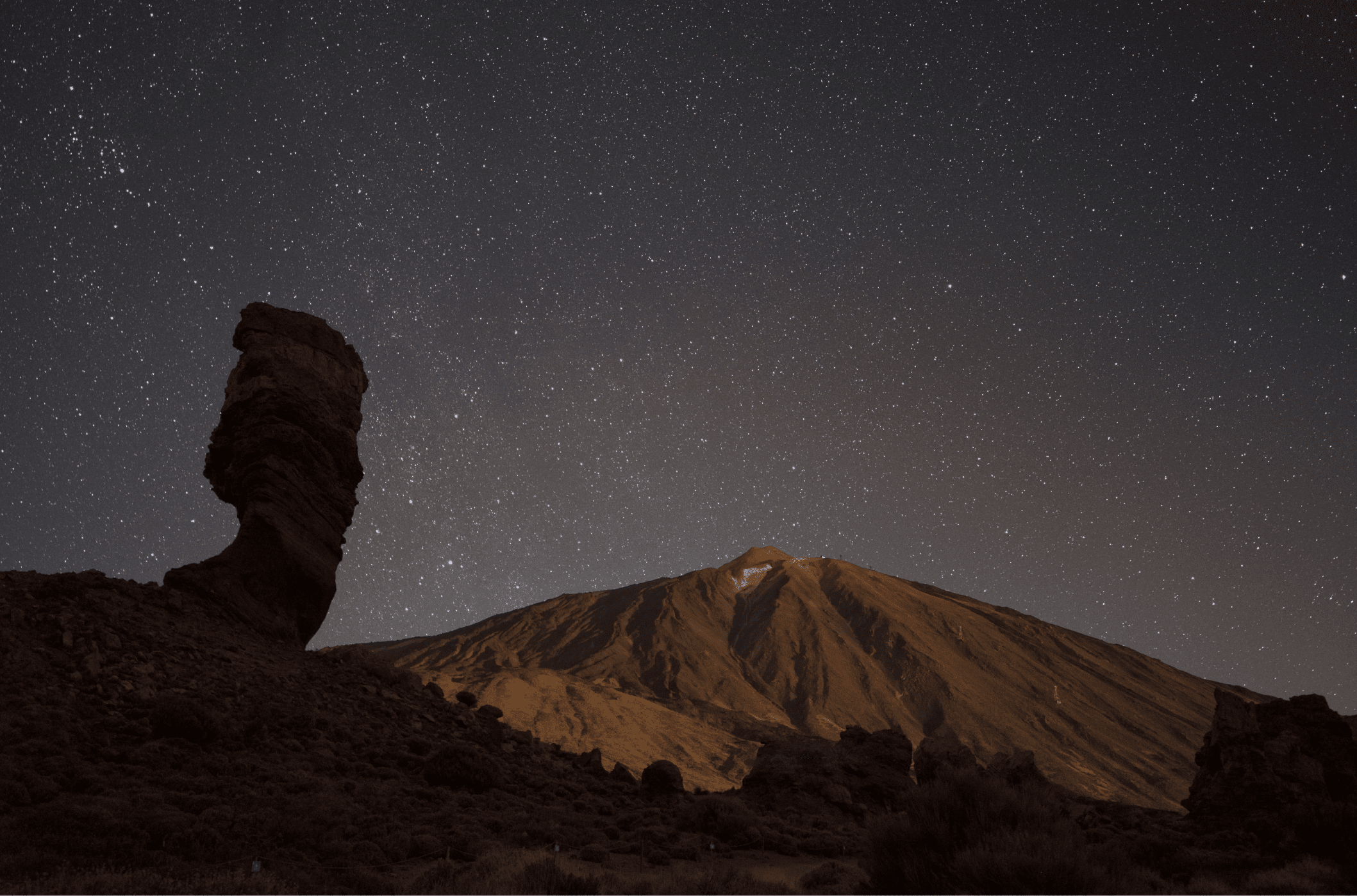
Canarias, el lugar más cercano a las estrellas
All astrophysicists agree that winter is the best time to observe the sky and marvel at the stars, as the weather is much colder, the sky is more transparent and the stars can be seen in all their intensity.
The Canary Islands, which are characterized by their year-round spring-like weather, as well as their astronomical observatories, are the perfect place to do this activity in winter, as the temperatures are cooler up in the mountains, but without the risk of the sky being overcast or even snowing at night.
One of the best places to observe the night sky is the island of Tenerife, thanks to the work of the Tenerife Group of Astronomical Observers (GOAT), who make it easy for visitors to enjoy this experience in complete safety during the night, as well as explaining what is before our eyes.
Another option is to book the star experience on Teide with the company El Cardón NaturExperience, experts in all kinds of nature activities on the island.
Whichever option you choose, marveling at this nocturnal spectacle is a perfect plan for the winter, and being in the Canary Islands, you can even take a dip in the ocean during the day.
As you have been able to discover in this article, there are many options for sustainably enjoying winter, so that our trip favors both the ecosystem and the people who live in these places, and we can continue to travel for many more years enjoying all the seasons of the year.
Collaboration with:












